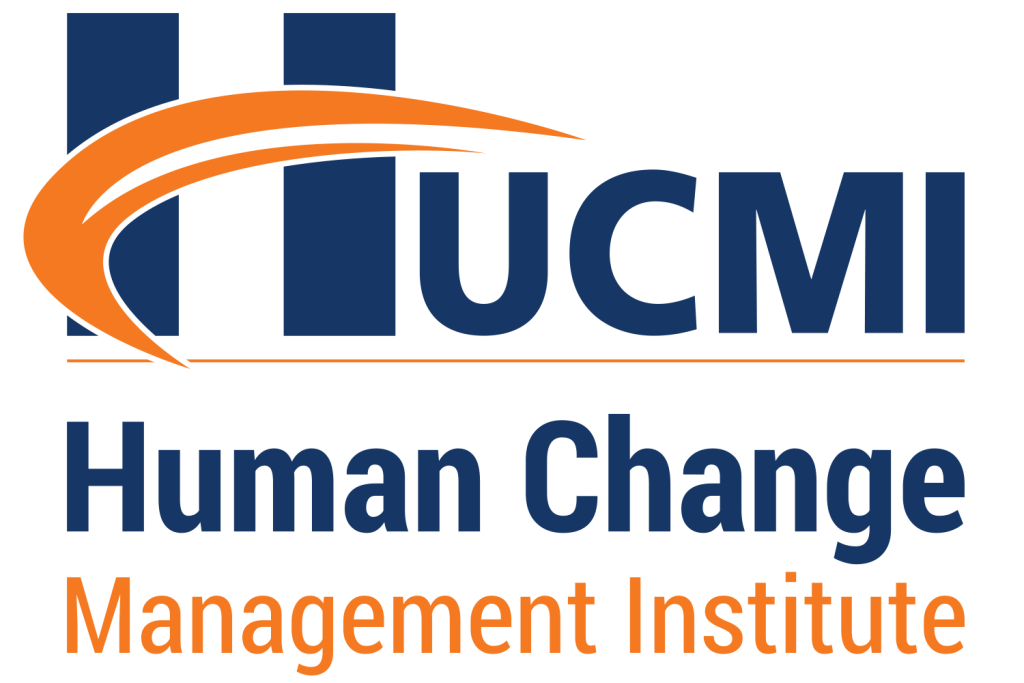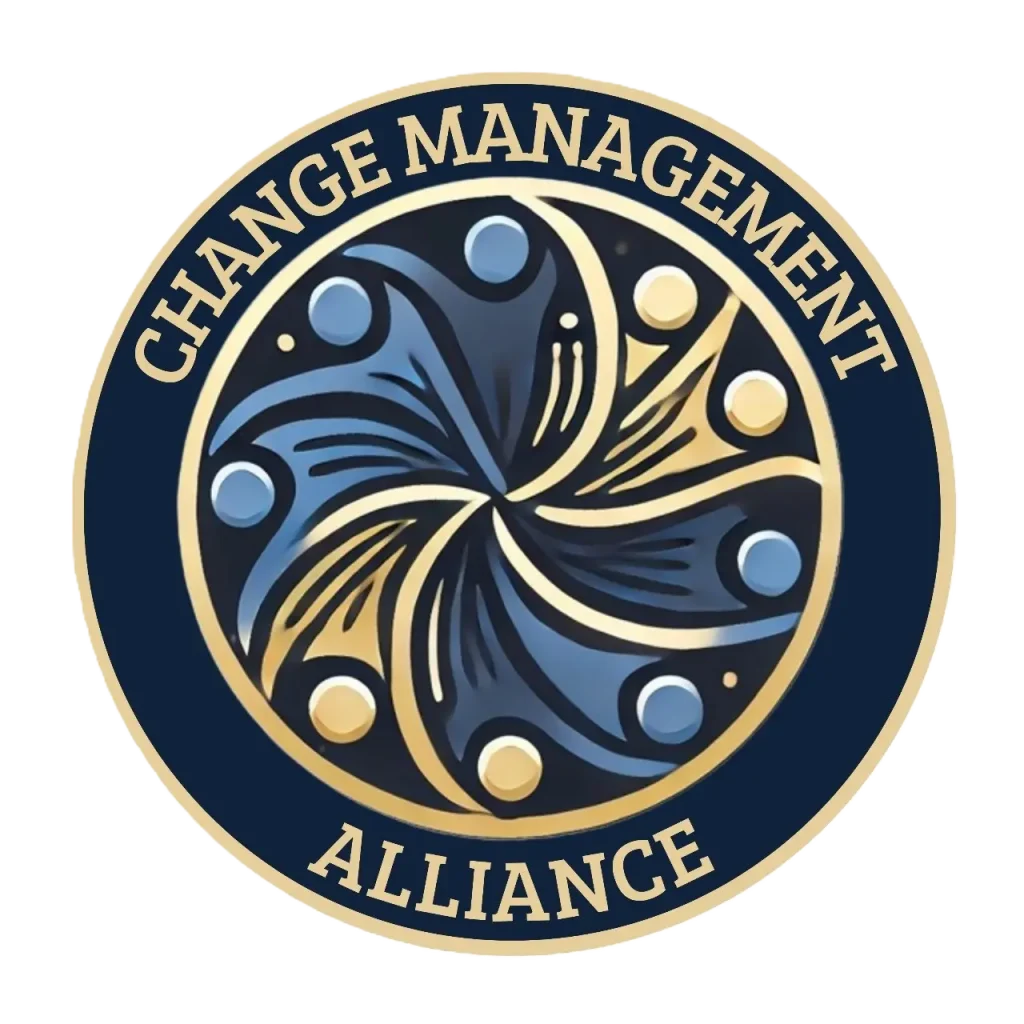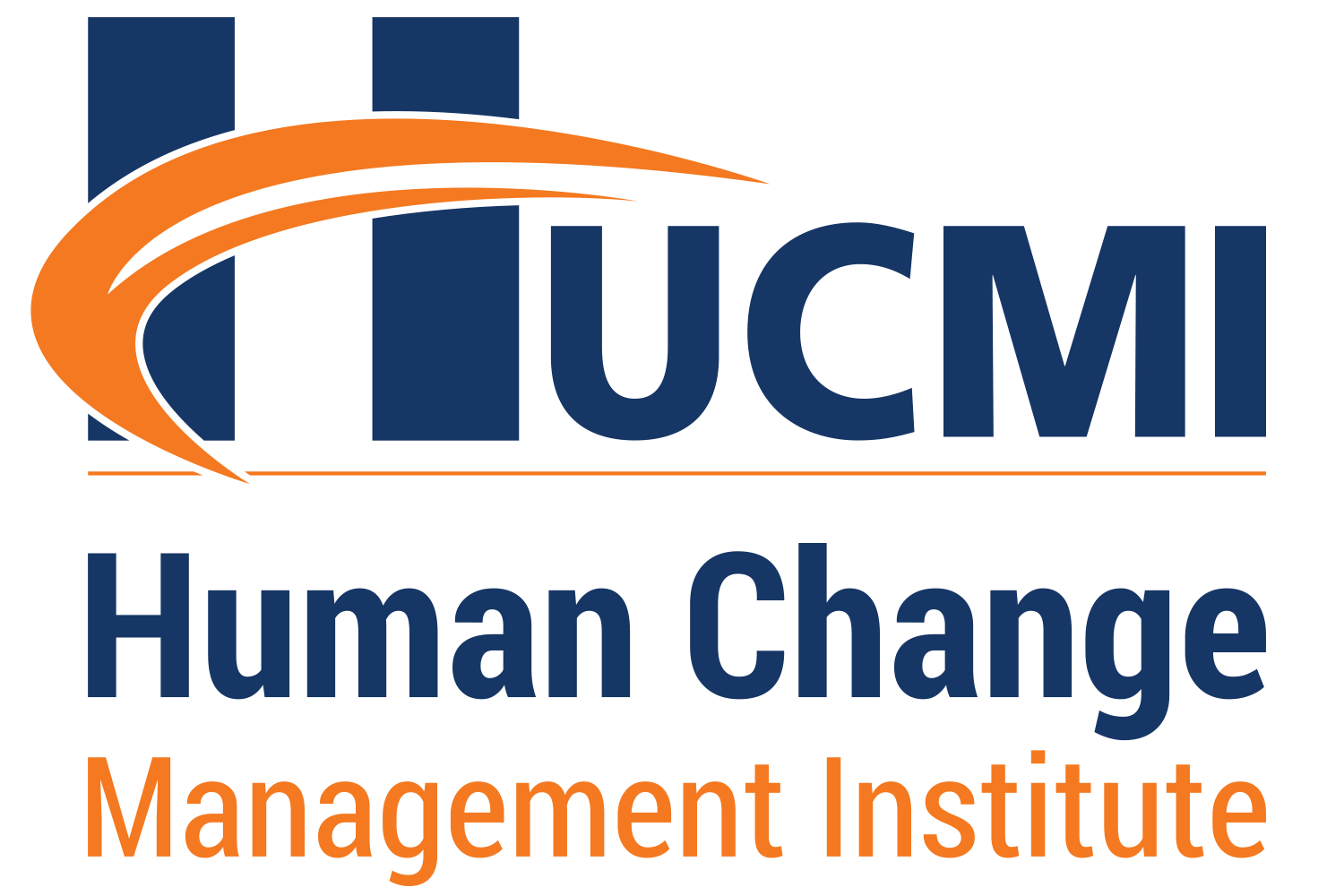Despite the growing recognition of the importance of the human factor in organizational transformation, Change Management professionals still face a recurring challenge: the lack of appreciation and visibility within organizations.
They are often seen as mere “support” to the project rather than as strategic agents of value delivery.
But why does this happen — and, more importantly, what can we do to change this scenario?
The Root Cause: A Limited Perception of Value
Most project teams and organizational leaders still don’t fully understand the value that Change Management brings.
Due to the lack of clarity about tangible results, Change Management is often associated only with communication actions, training, or motivation.
In some cases, the change manager ends up being the “general assistant” — scheduling meetings, arranging coffee breaks, and managing logistics.
This narrow view makes the discipline appear “soft,” disconnected from business outcomes.
Yet the success of any project is not defined merely by the delivery of a system, product, or process — but by people’s ability to adopt and use it effectively. Only then can a project truly deliver value to the organization.
And that’s precisely where Change Management makes all the difference.
However, for this value to be recognized, it must be measured through readiness and sustainability indicators — and communicated clearly in the language of top management.
A Cultural and Systemic Issue
Another key factor is the organizational culture, which is often excessively rational and technically oriented.
In such environments, what is tangible (time, cost, scope) is prioritized over what is intangible (behavior, perception, engagement).
As a result, the human factor is often seen as a risk to be managed, rather than a strategic enabler of transformation.
For Change Management to be respected in this context, quantitative metrics become essential, aligning the discipline with the organization’s results-driven mindset.
Additionally, Change Management maturity remains uneven when compared to Project Management.
While Project Management has decades of institutionalization, Change Management still fights for space and recognition — often being involved too late or without a clear role in governance, limited to operational tasks.
The Path to Recognition: From Narrative to Results
If we want to change this perception, we must change both our narrative and our practice.
The Change Management professional must position themselves as a strategic transformation consultant, not just as an executor of communication and training plans.
a) Connect to Strategic Objectives
Every change plan should start with the question:
“How does this change contribute to the organization’s strategic goals?”
From that connection, we can align change indicators with business indicators, making the human impact on organizational performance visible.
When leaders recognize that adoption directly impacts business outcomes — including financial performance, productivity, customer satisfaction, or market share growth — the value of Change Management becomes undeniable.
b) Measure Change Sustainability and ROI
Many professionals still resist the idea of measuring results, but that’s exactly the turning point for recognition.
Measuring Change Management ROI does not mean reducing people to numbers — it means demonstrating, through numbers, the positive impact of the human factor on business performance.
Practical Examples:
Example 1 — Productivity Increase
In a digital transformation project:
- Average task completion time dropped from 10 to 8 minutes.
- Error rates decreased by 20%.
ROI:
Time savings + rework reduction = direct financial gain.
Comparing these gains with the cost of the change plan shows a tangible ROI.
Example 2 — Lower Resistance and Turnover
In a restructuring initiative, predicted turnover was 12%, but with active Change Management, it fell to 6%.
ROI:
Each retained employee saves on replacement and training costs.
If replacement costs average US$8,000 and 10 employees are retained, that’s a US$80,000 saving, minus the investment in Change Management.
Example 3 — Faster Adoption of a New System
Two units implemented a new corporate system.
- With structured Change Management, 90% adoption in 3 months.
- Without it: 6 months.
ROI:
The 3-month advantage results in productivity gains and earlier financial benefits — a clear demonstration of value.
Example 4 — Business Impact Indicators
Cultural and behavioral shifts can be tied to strategic metrics such as:
- Customer satisfaction (NPS)
- Absenteeism
- Safety performance
- Revenue per employee
- Brand and reputation value
- Innovation and quality
When correlated with change initiatives and tracked over time, these indicators show the direct human impact on business outcomes.
c) Speak the Language of Business
Change professionals must translate the human impact into executive language: ROI, productivity, customer satisfaction, engagement, churn reduction, and operational efficiency.
That’s how the discipline gains credibility with top leadership and starts being perceived as an investment, not a cost.
From Change Managers to Change Leaders
Another essential step is expanding the focus of capability building.
It’s not enough to train Change Management specialists — we need to develop Change Leaders: individuals capable of inspiring, influencing, and mobilizing teams throughout transformations.
True organizational transformation happens when leadership integrates the human side of change into its daily role.
When “Change Management” becomes “Change Leadership,” it stops being a specific function and becomes an organizational competency.
This requires:
- Training focused on adaptive and empathetic leadership
- Development of communication and influence skills
- Creation of networks of change ambassadors and agents that amplify mobilization capacity across the organization
The Future of the Profession: Protagonism and Purpose
The future of Change Management depends less on external recognition and more on our ability to position ourselves as transformation leaders.
That means understanding the business, speaking the language of executives, and using methodologies that demonstrate — through data and indicators — the human impact on results.
Change Management is not about making people accept the new, but about creating the conditions for them to thrive in it.
When organizations understand that — and when we know how to prove it — recognition will follow naturally.
The lack of appreciation for Change Management professionals is not just a perception problem; it reflects how we still treat change: as a technical event, not a human process.
Changing that requires that Change Managers lead the transformation of their own profession, showing with evidence and results that the success of any transformation is measured not only by what is delivered, when, and at what cost — but by how much people change, learn, and evolve, turning strategy into sustainable action.
Managing change is to humanize it.
And to humanize it means giving protagonism to those who make change possible — people.
Note: This article was inspired by insights from the Change Management Global Survey – 2025, currently in the data compilation phase.
Would you like to read more about this subject? We suggest you read this article: https://change.management.hucmi.com/organizational-change-ambassadors-building-influence-networks-to-engage-stakeholders/
Follow us: https://www.linkedin.com/company/human-change-management-institute/
By https://hucmi.com

Premier Knowledge Provider of:

Want to join the CMA – Change Management Alliance, a FREE, collaborative learning community? Click here: https://www.change-management-alliance.network/share/98ldn_ZS8CdABu1W?utm_source=manual
All the best
Vicente Gonçalves

